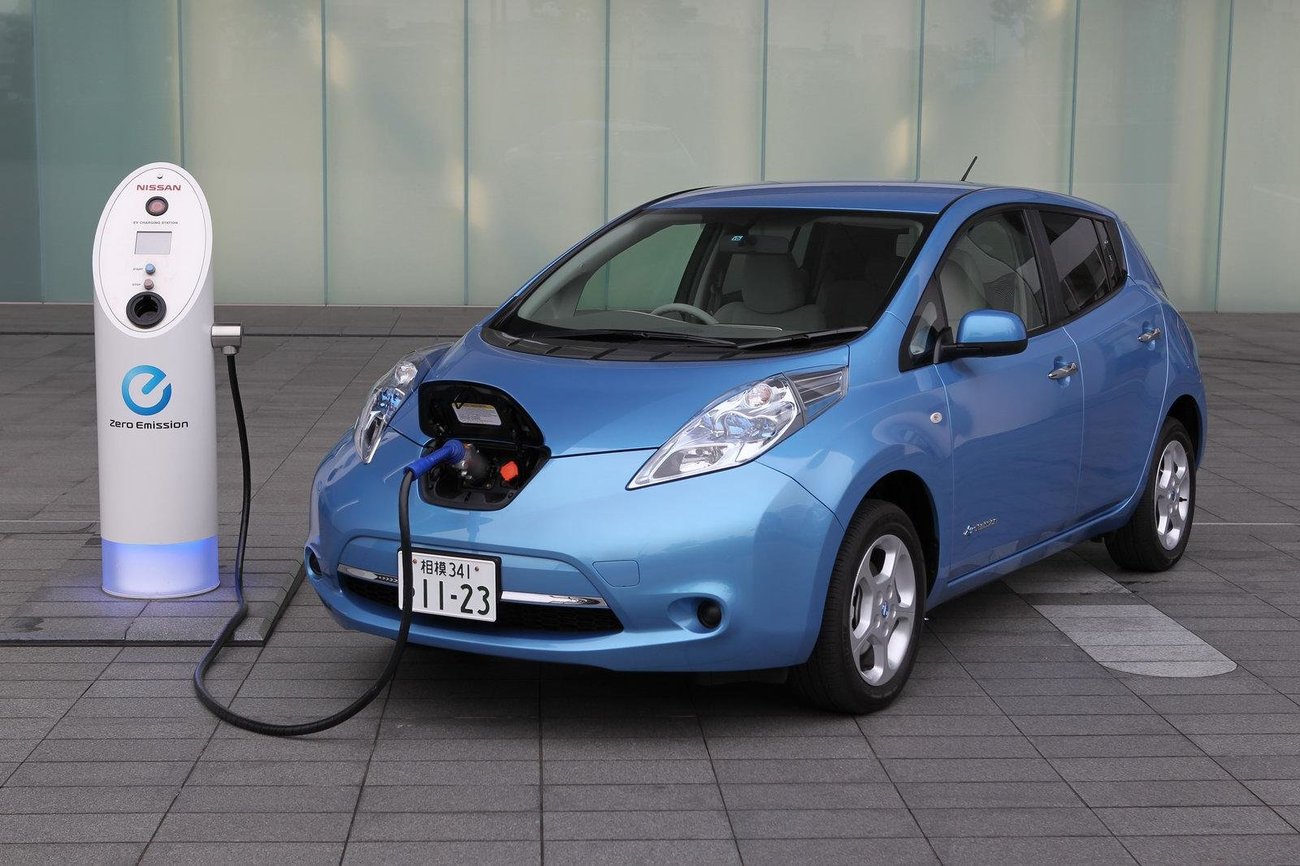
Yesterday, transport minister Simon Bridges announced a number of policies designed to increase uptake of electric vehicles in New Zealand.
“It’s clear that electric vehicles are the future. A move from petrol and diesel to low emission transport is a natural evolution, and it is our aim to encourage that switch sooner, rather than later,” Bridges says.“The benefits of increasing uptake of electric vehicles are far-reaching. They’re cheaper to run than petrol or diesel vehicles, they’re powered by our abundant renewable electricity supply, and they’ll reduce the amount of emissions that come from the country’s vehicle fleet.”
The policies aim to and remove barriers that have prevented households and business from choosing electric vehicles over the ol’ gas guzzlers. Noted barriers include the limited selection of models available, a lack of widespread public charging infrastructure, and lack of awareness about electric vehicles.
“The Government can’t tackle these barriers alone,” says Bridges. “That’s why we’ve been working closely with the private sector and local government over the last year on what measures we can take that will have the greatest impact. What we’ve come up with together is a strong package of measures that is ambitious and has real substance.”
Bridges says the policies play an important part of the Government’s work to reduce greenhouse gas emissions in the transport sector. “Electric vehicles will maximise New Zealand’s renewable advantage, with more than 80% of the country’s electricity coming from hydro, geothermal and wind,” he says. “The increased use of electric vehicles will replace petrol and diesel with clean, green, locally produced energy.
“If we start to replace New Zealand’s fleet with electric vehicles, we can begin to significantly reduce our greenhouse gas emissions.”

Simon Bridges
The Government’s policies include:
-
A target of doubling the number of electric vehicles in New Zealand every year to reach approximately 64,000 by 2021
-
Exempting electric vehicles from road user charges until they make up two percent of the light vehicle fleet
-
Investigating the bulk purchase of electric vehicles for public and private sector use
-
Government agencies coordinating activities to support the development and roll-out of public charging infrastructure including providing information and guidance
-
$1 million annually for a nation-wide electric vehicle information and promotion campaign over five years
-
A fund of up to $6 million annually to encourage and support innovative low emission vehicle projects
-
Allowing electric vehicles in bus lanes and high-occupancy vehicle lanes
-
Review of tax depreciation rates and the method for calculating fringe benefit tax to ensure electric vehicles are not being unfairly disadvantaged
-
Establishing an electric vehicles leadership group across business, local and central government.




